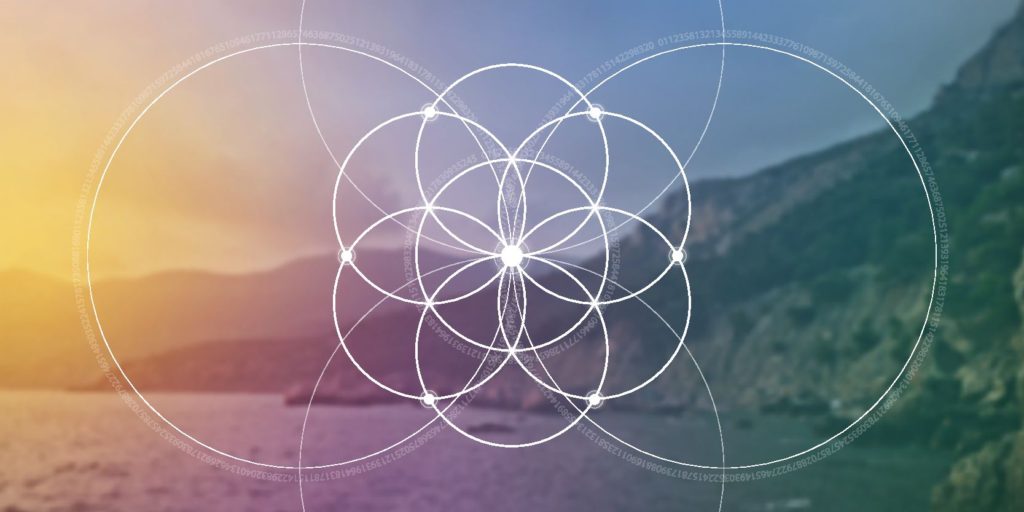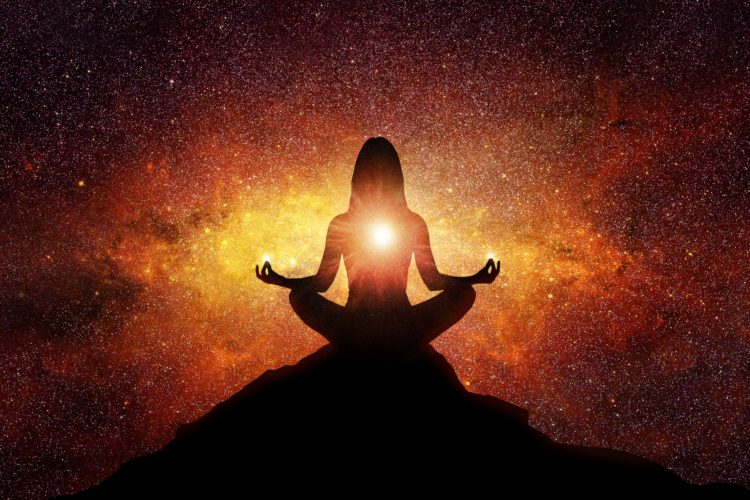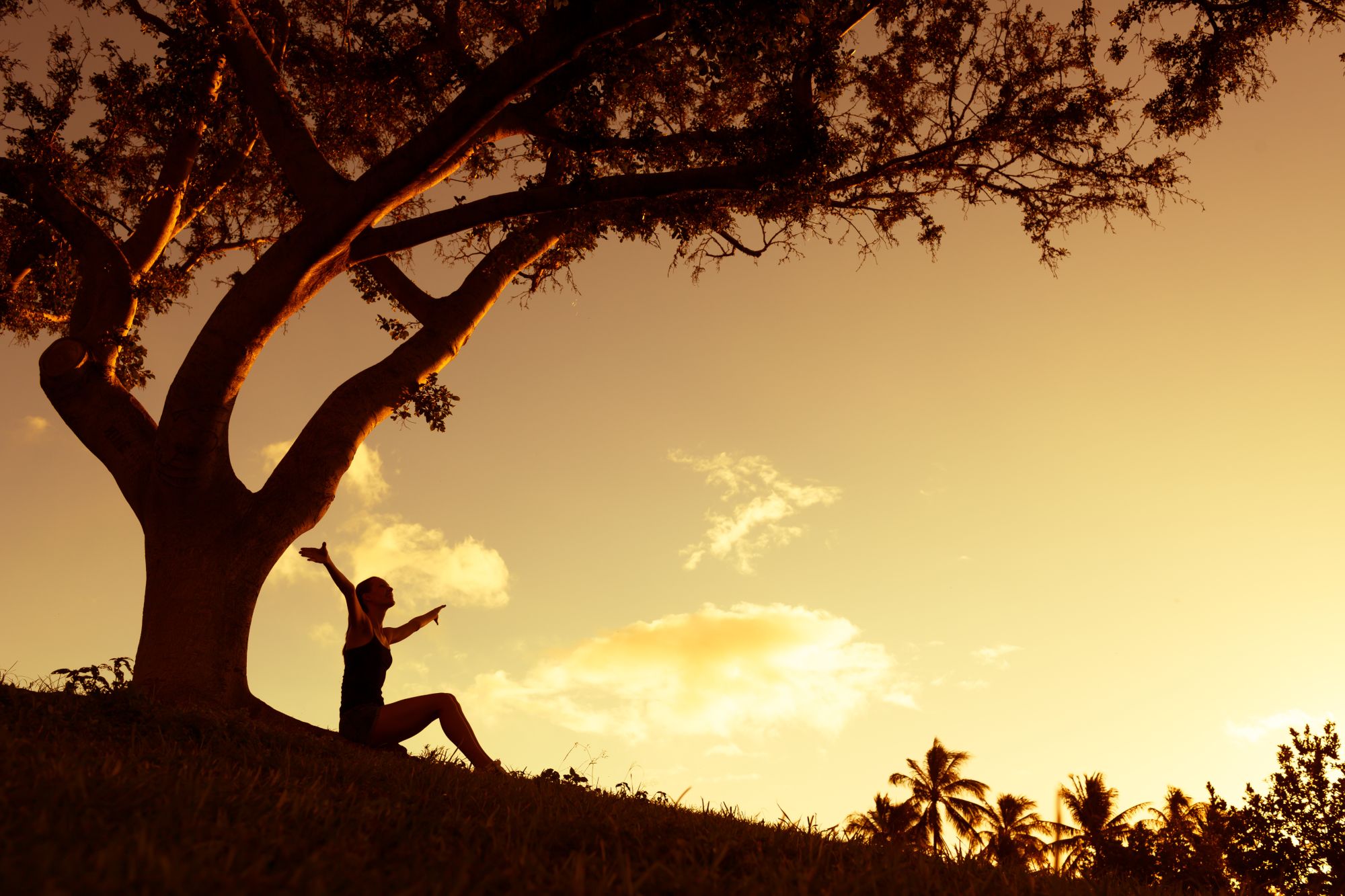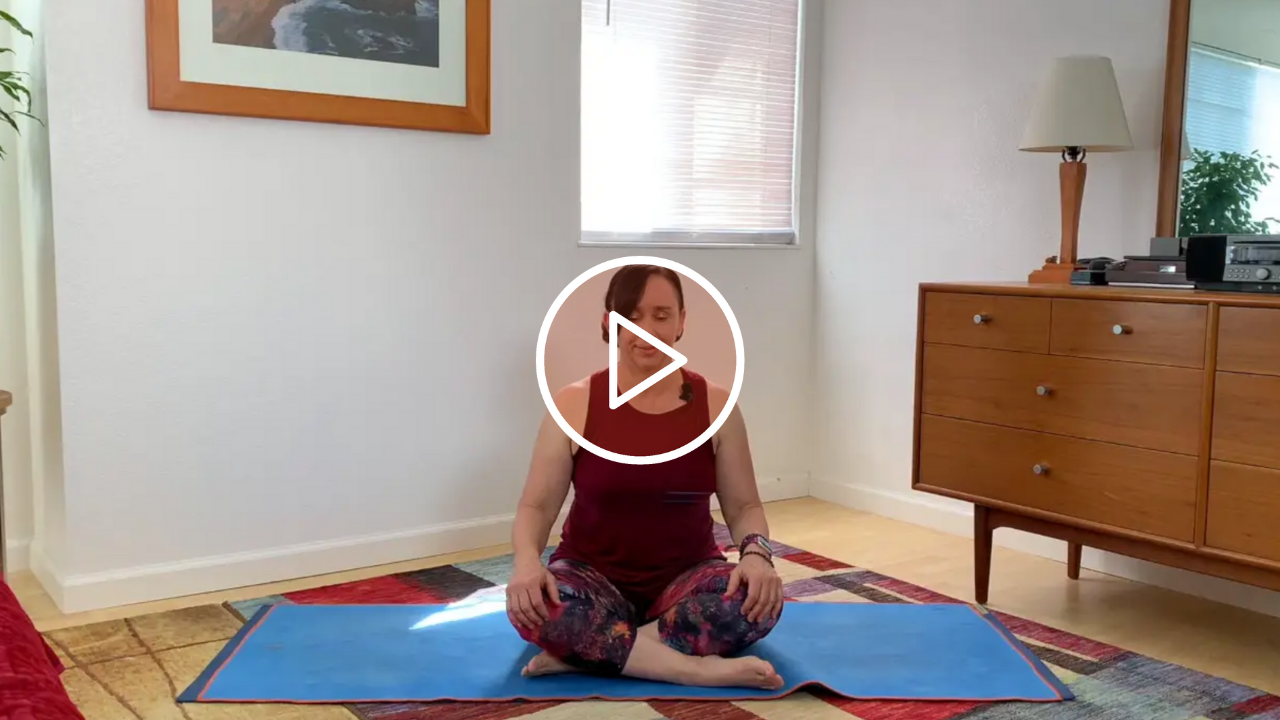We all come from a lineage of body-centered spirituality. Many Eastern spiritual traditions had a way of involving the body in the practice of their spirituality. The Buddhist, the Tantrics, the Hatha Yogis, and the Taoists all had practices rooted deep in the body.
In hindsight, since we cannot deny the simple fact that the body is an intimate and inseparable part of our human experience, including the body in our spiritual journey seems prudent and practical. In the Samyutta Nikaya (which you can purchase translated, here), the Buddha explains…Bhikkhus [monks], let me tell you of the totality of all existence. Attend carefully. There are the eyes that see. The nose that smells. The ear that hears. The tongue that tastes. The skin that feels and the mind that perceives thoughts. Bhikkhus, that is the totality of all existence. One who speaks of anything beyond those things knows not what he talks about…Considering this, our spirituality would naturally include the body in some way. It is through this body that we experience life, grow, and become awakened.
What does an embodied spirituality look like?
The Yoga High: Embodied Experience of Transcendence
The body can become a gateway to self-knowledge and simultaneously be the catalyst for transformative and illuminating experiences. I imagine that at some point, most yoga practitioners have experienced a deeper understanding or insight about themselves, or had a profound shift in their state of being after a “good” yoga class. Our senses become more acute, the mind calms down, and we feel euphoric and more free. Something changes in our experience, and it feels good. So we come back for more.
When our body releases the deeply-held tension patterns and stress, our experience of the self and the world seems to change. Perceiving the fluid nature of our bodily experience makes us aware of the relativity of our human perception and experience. This opens us to the direct experience of the wisdom of impermanence and relativity.

Through the practice, many yogis report experiences of heightened awareness, deep calm, and even bliss. These experiences can feel spiritual. It transcends our normal day-to-day experience of the self. We experience the profound realization that there is more than what we accepted as reality. We realize our ability to positively impact our inner state and our body through our practice. This ability to positively impact our experience allows us to potentially transcend some long-standing habits and attain mature personality traits that previously seemed out of reach.
Contemplative Practice with The Body
In yoga practice, we develop an intimate relationship with our bodies and minds. We’re guided to be aware of our sensations, our breath, and our mind. As this practice matures, it can lead us to a deeper understanding of our body and mind, and, thus, a more compassionate relationship to our shared human experience. The more we really understand ourselves and others, the more naturally compassion emerges. The more intimately we understand where our habits come from and can hold them with compassion, the more patient and kind we become toward ourselves and others.
The ability to be present with patience and compassion to our bodily experiences, emotions, and thoughts can make us stronger people. As we become stronger and more resilient, we can face life with its joys and triumphs, as well as its challenges, aches, and pains.
The Flow of Listening and Impacting
Guided by the intention to learn and grow, we learn about the self in the body while also developing the ability to positively impact the bodily experience. The tuning in and listening makes us wiser, and our ability to influence and compassionately be with our experience empowers us. Listening tempers our mistaken tendency to control too much, dominate, and force. Listening teaches us how to attune to our nature. And as a result, cultivating the ability to impact our experience keeps us engaged with our experience, while also reminds us of our ability to positively impact our own experience and the collective experience of our world.
Beyond this interplay of listening and impacting, through simply transforming the shallow breathing into a deep and seamless flow of air, our mind calms and a state of luminosity dawns. In these moments, we have an opportunity to come out of the trance of our normal-thinking mind and glimpse something profound that our normal language fails to convey. There is a rich and dynamic moment for new insight or to simply be in our fullness.















